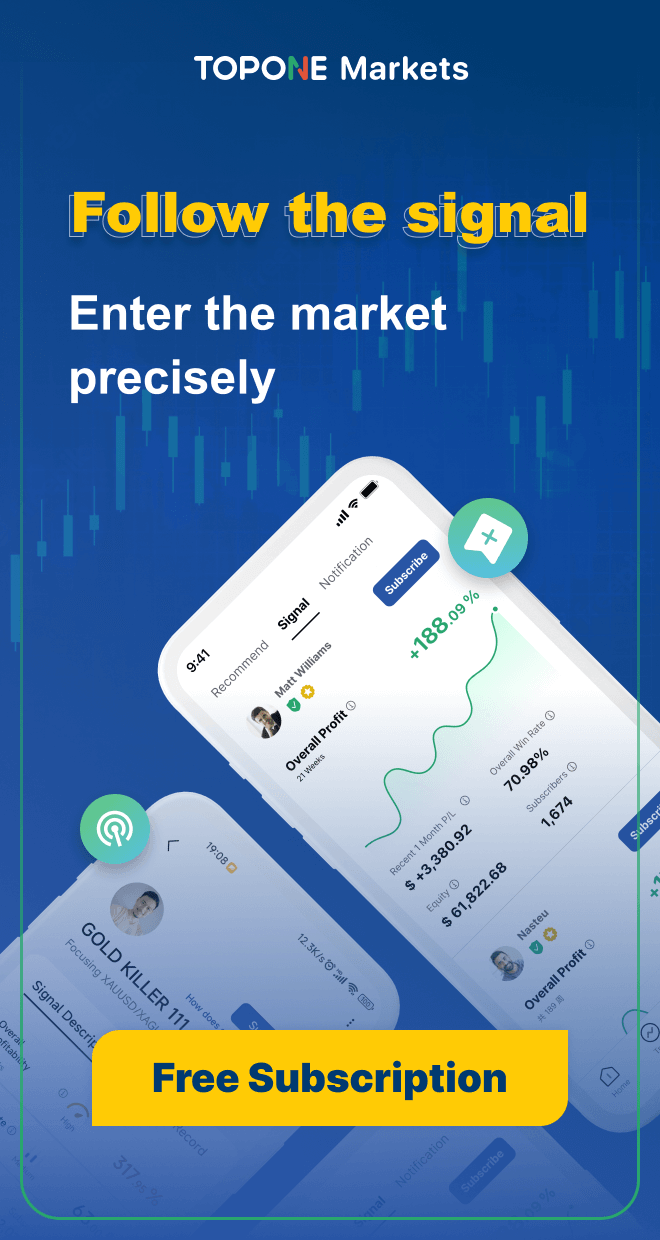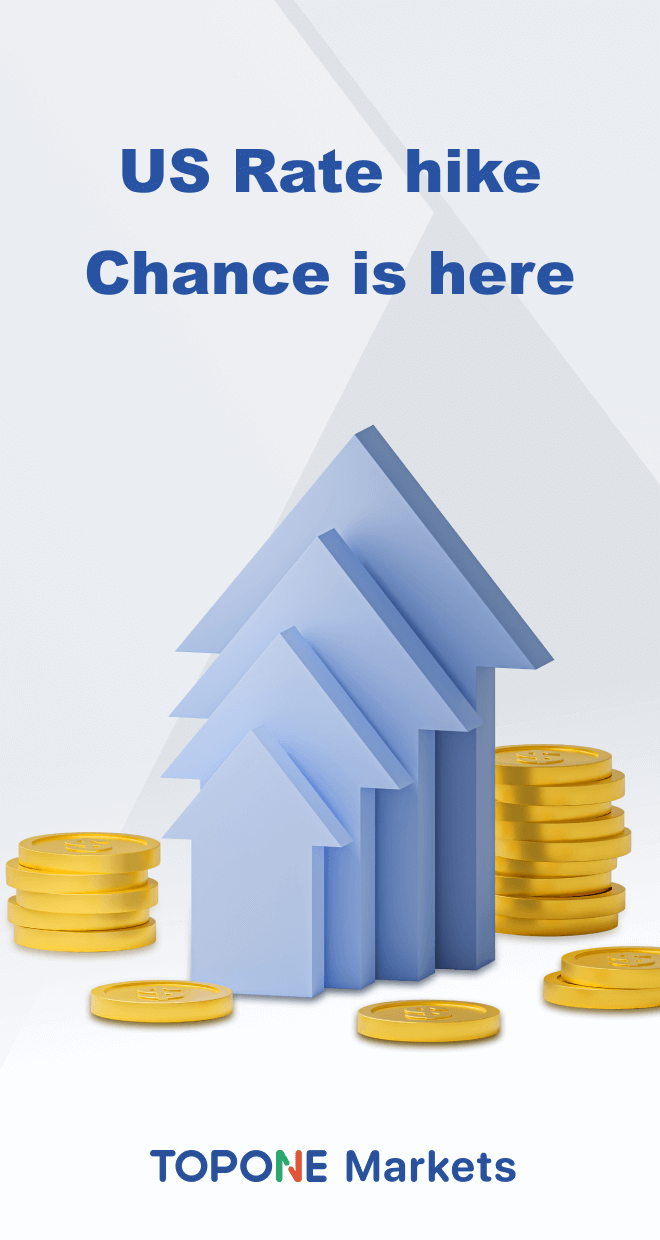Follow our detailed tutorial below for a full explanation of beginning with gold trading and investment.

Table of Contents
What Are Gold Trading and Investing?
Investing and trading in gold are two distinct strategies for taking a position on the future price action of gold markets.
When you invest in gold, you get ownership of the asset immediately and benefit if the precious metal price rises. When you trade gold, you take a position on the underlying price growing or dropping, but you do not acquire the physical item.
You may trade or invest in many sorts of gold assets, depending on whether you are interested in the actual item. These consist of:
Gold Bullion
Individual investors and banks frequently utilize gold in the form of coins and bars as a method of value storage. But the costly storage and insurance requirements sometimes discourage active investors from purchasing the gold directly.
Spot Gold
The spot price of gold is the amount it would cost to acquire immediately or on the spot. Typically, it is the cost of one troy ounce of gold. Spot gold trading is a popular way to gain exposure to bullion without needing to purchase the precious metal.
Gold Futures
Futures contracts provide the exchange of gold at a predetermined price and date in the future. You would be required to fulfill your half of the bargain, whether through a physical or monetary settlement. Futures contracts are standardized concerning quantity and quality; market forces only determine their prices.
Gold options
Options contracts operate similarly to futures, except that there is no commitment to execute a deal upon buying. Options provide the right to trade actual gold or gold futures at a specific price and date, and put options confer the right to sell the precious metal, while call options grant the right to purchase it.
Gold-based ETFs
The performance of a basket of publicly listed gold mining, refining, and production businesses is tracked via exchange-traded funds (ETFs). Trading or investing in an ETF provides far broader exposure than a single position, making them a popular method of portfolio diversification. ETFs are passive investments that strive to mimic market returns instead of outperforming them.
Gold Stocks
Trading or investing in stocks is a fantastic method to gain exposure to gold indirectly. You can receive exposure to all aspects of the gold sector, including mining, production, financing, and sales. It is crucial to remember that gold stocks do not always fluctuate in the same way as gold bullion, as various other variables determine the prices of shares.
What Determines the Gold Price?
Gold’s price is influenced by supply and demand. Several variables might affect the market price, including:
Global Demand
Since the 1970s, annual gold demand has doubled, pushing up the price of gold. Gold is utilized globally for several purposes, including jewelry, technology, and as a store of value for central banks and investors. In reality, jewelry demand comprises around fifty percent of the worldwide market, while exchange-traded funds account for twenty-nine percent (ETFs).
Mining Activity
It is anticipated that the majority of the world’s gold supply has already been mined, resulting in a decline in gold mining production. Between 2011 and 2019, production decreased by around 26 percent as firms reduced exploration to conserve cash.
Scientists have begun developing methods to identify previously inaccessible gold deposits to uncover new gold reserves and have even considered mining in space.
Although there is a limited amount of gold since it cannot be developed similarly to other commodities, the gold that exists will always be in circulation. As a result, a considerable amount of gold is recycled to maintain demand. If demand continues to increase and supply continues to decrease, the price of gold will rise.
The Interest Rate
When interest rates rise, gold’s price tends to decline as investors shift their focus to capital-earning stocks and fixed-income assets.
In contrast, when interest rates decrease, the price of gold rises as investors seek a haven to secure their capital by purchasing gold.
The United States Dollar
Gold and the US currency have a convoluted but generally inverse connection. When the dollar declines, investors searching for an alternative store of value frequently rush to purchase gold, driving up its price. Additionally, a sinking dollar tends to enhance the value of other currencies, which might increase the demand for previously pricey gold.
Economic Stress and Political Uncertainty
Gold is frequently viewed as a safe-haven investment during financial stress and political unrest because it tends to maintain its value even when other markets decline.
During the first three months of 2020, for instance, gold prices jumped by 13 percent due to concerns about the impact of coronavirus and the subsequent economic lockdowns.
Which Should You Select?
You may trade on several gold markets with us, including our spot pricing, futures contracts, and options. Alternately, you might invest indirectly in gold through business stocks and ETFs.
Regardless of the gold market, you choose to trade, you must consider whether you will go long or short, what position size you will take, and how you will manage your risk. We provide various risk management options, including stop-loss and limit-close orders, which are used to end transactions at predefined loss and profit levels, respectively.
Detect Gold
Our spot pricing for gold is derived from the prices of the two nearest futures. Due to the lack of defined expiration dates, they are ideal for assuming shorter-term roles. In addition, you may do technical analysis over a more extended period since you will have access to continuous pricing across the market’s entire history, as opposed to the lifetime of a single future.
Gold Futures
You will be trading CFDs on the underlying price when you trade gold futures with us. This implies that you will not be entering into a futures contract but instead determining whether its value will increase or decrease before it expires.
Gold options
Options provide the right, but not the responsibility, to execute the contract, making them a popular way to speculate on commodity prices.
Gold stocks and ETFs
To gain indirect exposure to gold, you may acquire a position in gold supply chain firms or ETFs – some of which track the underlying gold price, while others monitor a collection of gold company shares.
CFDs allow you to trade on the underlying price of gold stocks and ETFs. You can go long or short since you would not own the underlying shares.
When Should You Trade Gold?
Our exclusive gold spot market is accessible between 11 p.m. Sunday and 10 p.m. Friday (UK time). Futures on gold can be traded 24 hours a day, five days a week, except from 10 p.m. to 11 p.m. (UK time). Daily gold options trade between 7.30 a.m. and 9.15 p.m. (UK time) Monday through Friday; weekly and monthly options are also available.
Conclusion
When you begin trading gold or gold-linked assets using CFDs, you will have the option of going long or short, commonly known as buying or selling the market. You would purchase the item if you believed its price would increase within a specific time frame, and you would sell it if you thought its price would decrease.
To comprehend the expected direction of the market’s movement, it is necessary to do an exhaustive study – both technical and fundamental.




